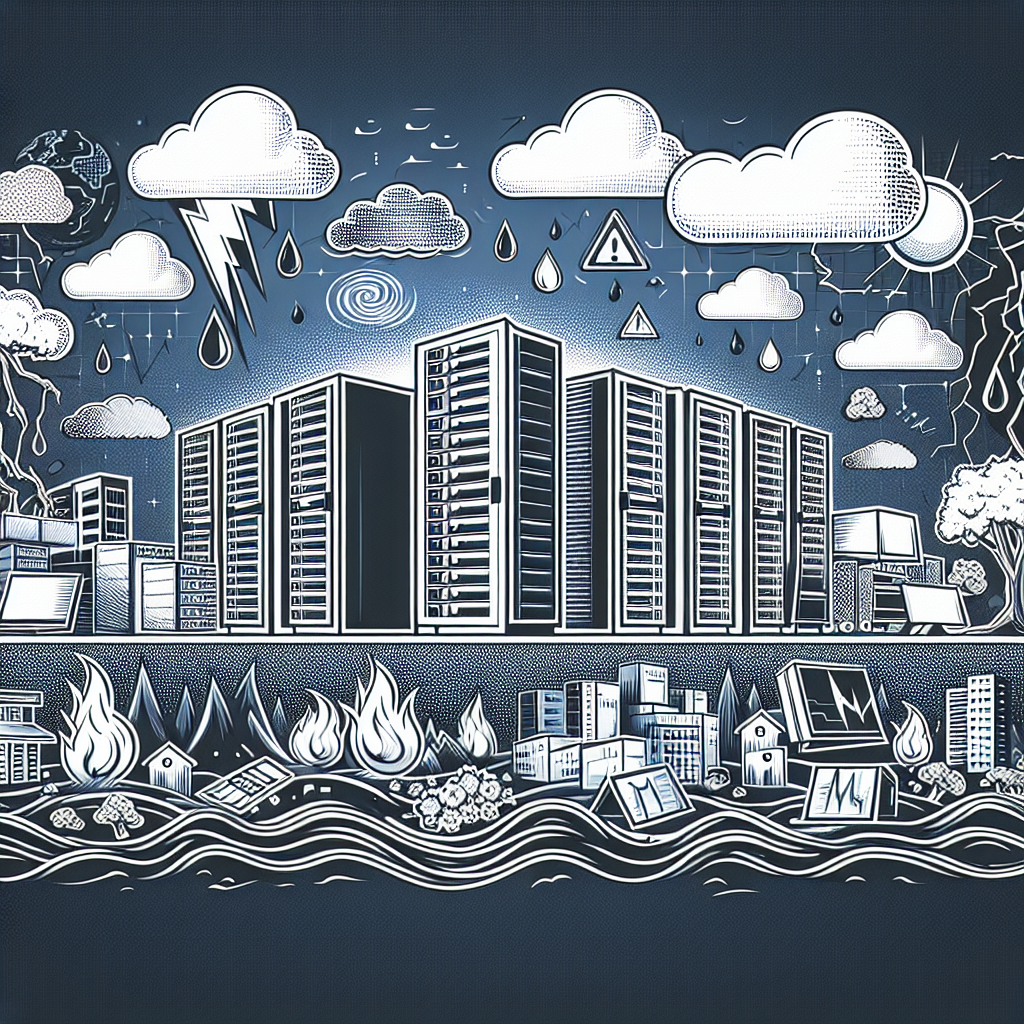In today’s fast-paced digital world, data centers are the backbone of businesses, housing critical information and applications that keep operations running smoothly. However, with the increasing reliance on technology, the risk of data center disasters has also grown. Whether it’s a natural disaster like a hurricane or earthquake, a cyberattack, or a simple human error, data center downtime can have catastrophic consequences for businesses.
To mitigate the impact of such disasters, it’s crucial for businesses to have a solid disaster recovery plan in place. This involves preparing for the unexpected and implementing solutions that can help recover data and operations quickly and efficiently. Here are some key steps to consider when creating a data center disaster recovery plan:
1. Backup and Recovery Solutions: One of the most important aspects of a disaster recovery plan is regular data backups. Businesses should have a robust backup solution in place that ensures all critical data is regularly backed up and stored securely. This can include on-site backups, off-site backups, and cloud backups to ensure data can be quickly restored in the event of a disaster.
2. Virtualization and Redundancy: Virtualization technology allows businesses to create redundant copies of their data and applications, ensuring that operations can continue even if one server or data center fails. By implementing redundant systems and failover mechanisms, businesses can minimize downtime and ensure continuity of operations.
3. Disaster Recovery Testing: It’s not enough to simply have a disaster recovery plan in place – it’s essential to regularly test and update the plan to ensure it will work effectively in the event of a disaster. Regular testing and drills can help identify weaknesses in the plan and address any issues before they become critical.
4. Partnering with a Disaster Recovery Provider: For businesses that lack the resources or expertise to implement a robust disaster recovery plan in-house, partnering with a disaster recovery provider can be a cost-effective solution. These providers offer expertise in disaster recovery planning and can help businesses implement and manage their disaster recovery solutions.
5. Monitoring and Reporting: In addition to having a solid disaster recovery plan in place, businesses should also have monitoring and reporting tools that can provide real-time visibility into the health and performance of their data center. This can help identify potential issues before they escalate into full-blown disasters.
In conclusion, preparing for the unexpected is essential in today’s digital age. By implementing a comprehensive disaster recovery plan that includes backup and recovery solutions, virtualization, redundancy, testing, and monitoring, businesses can minimize the impact of data center disasters and ensure continuity of operations. Remember, it’s not a matter of if a disaster will strike, but when – so it’s crucial to be prepared.


Leave a Reply